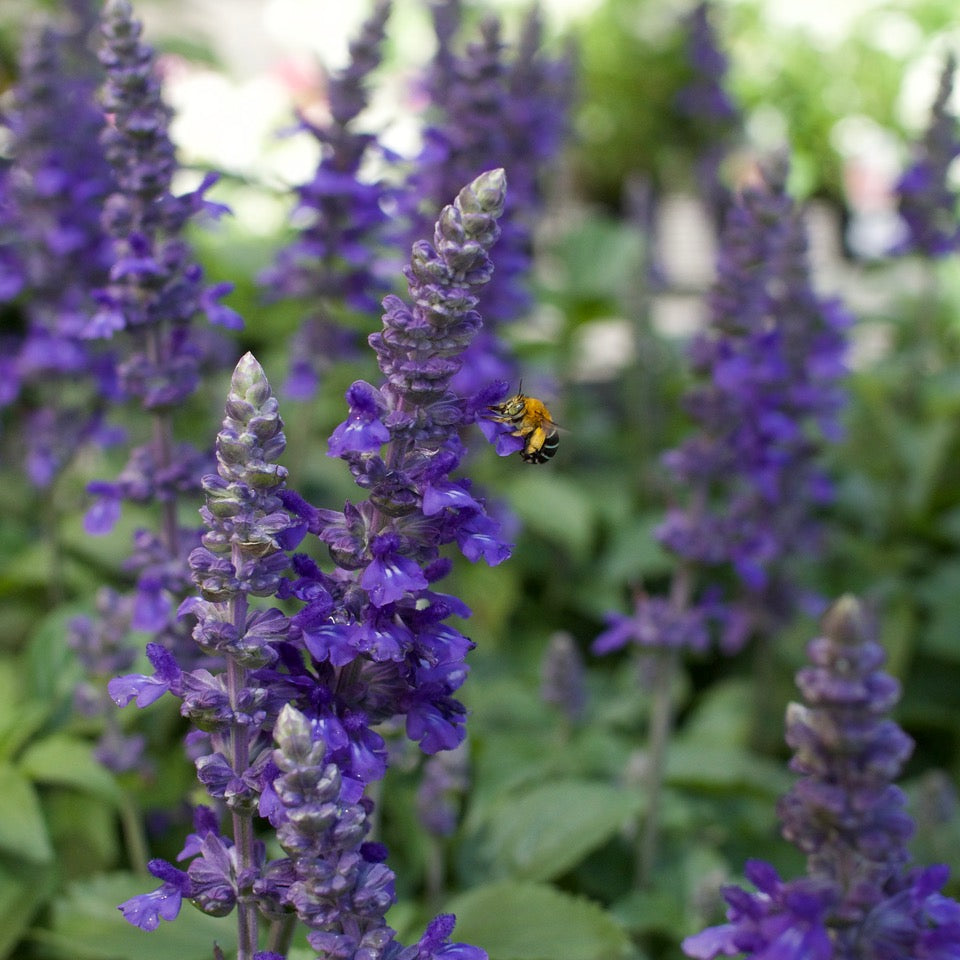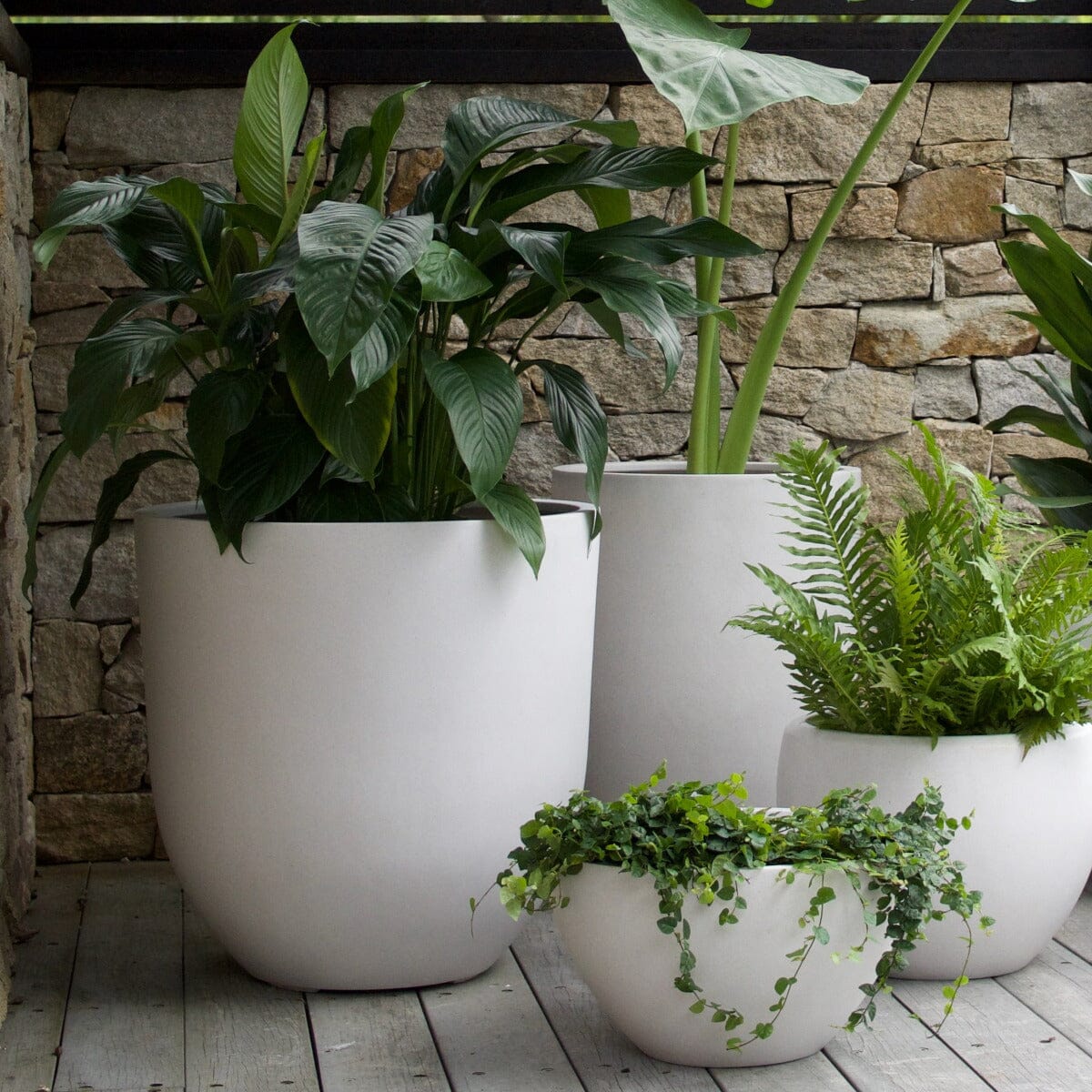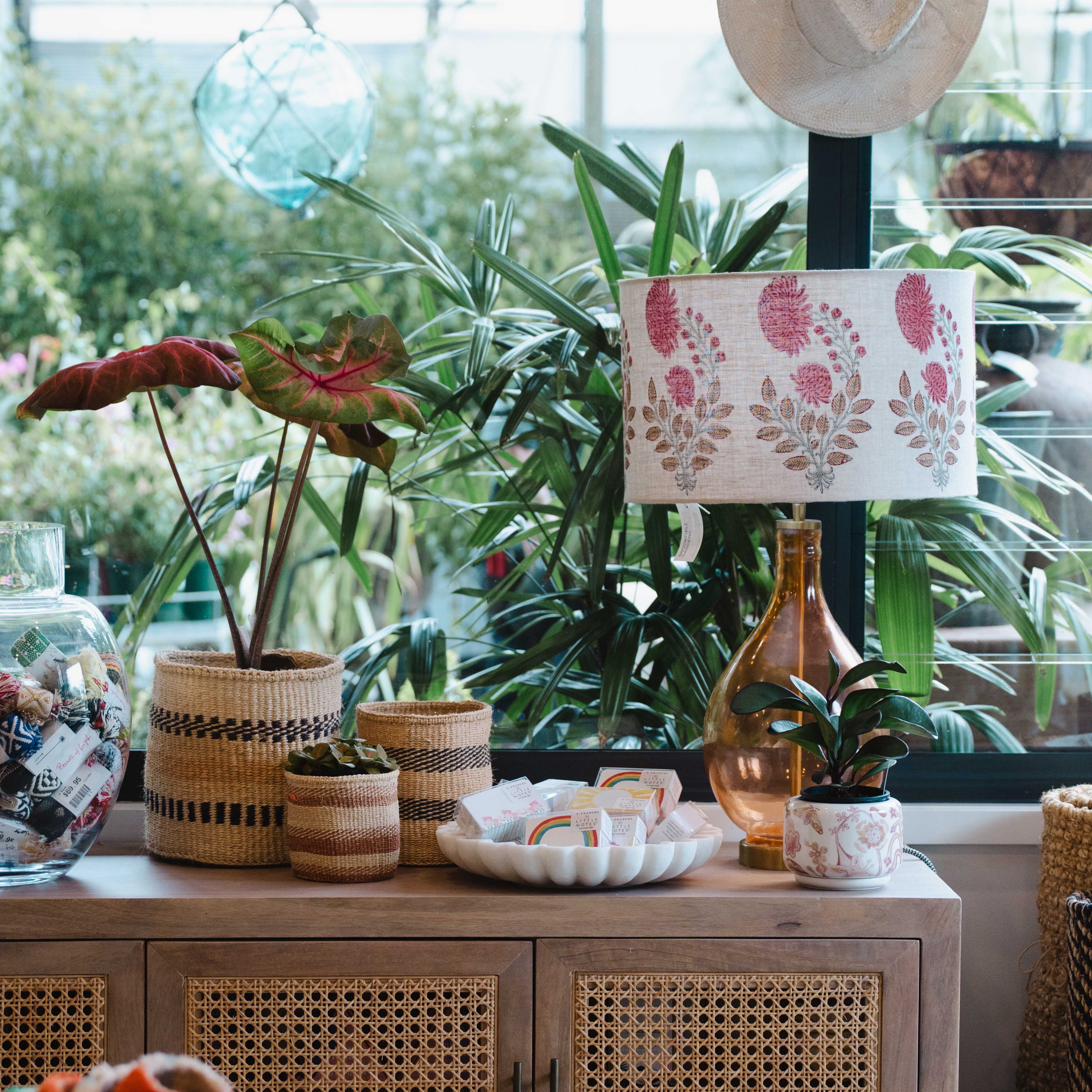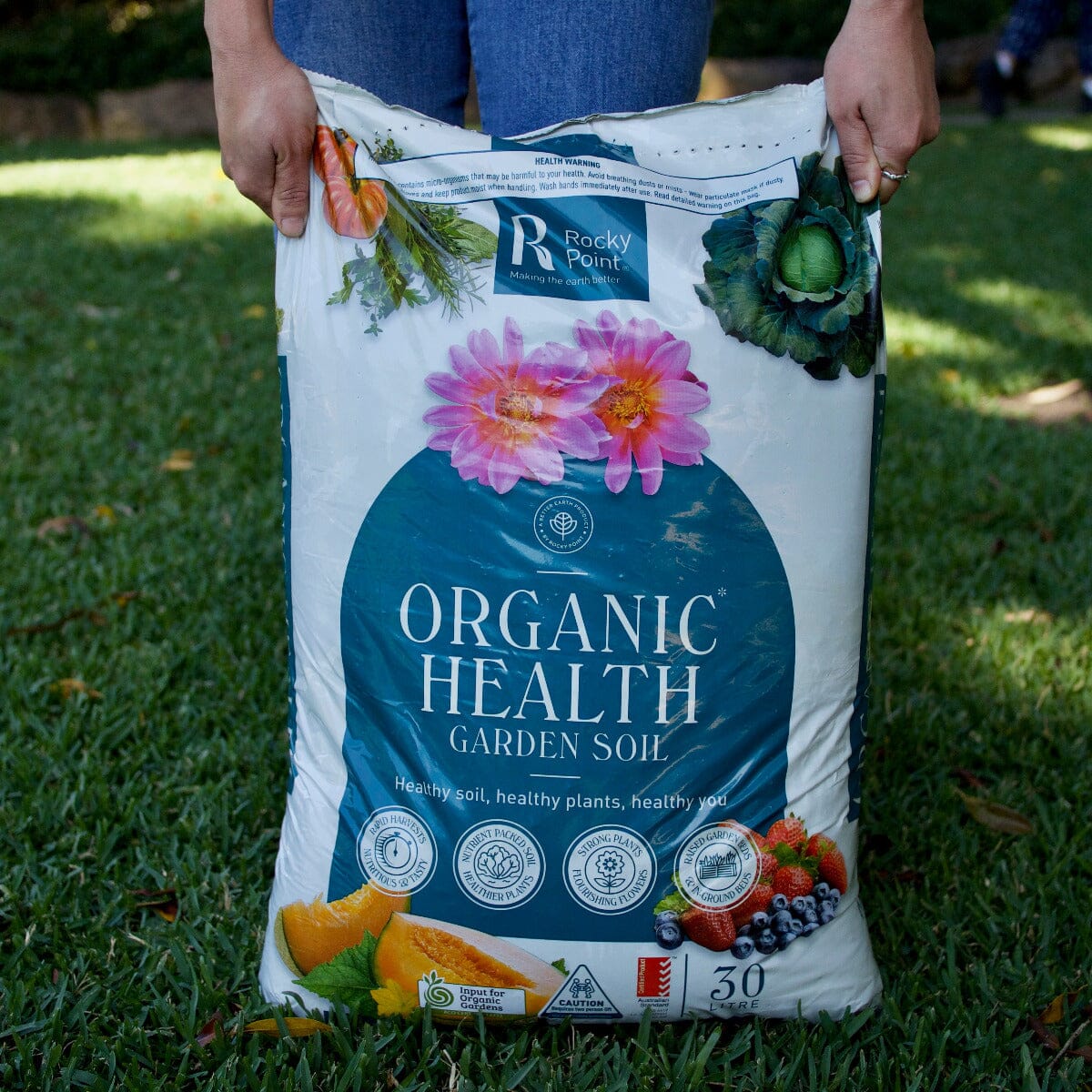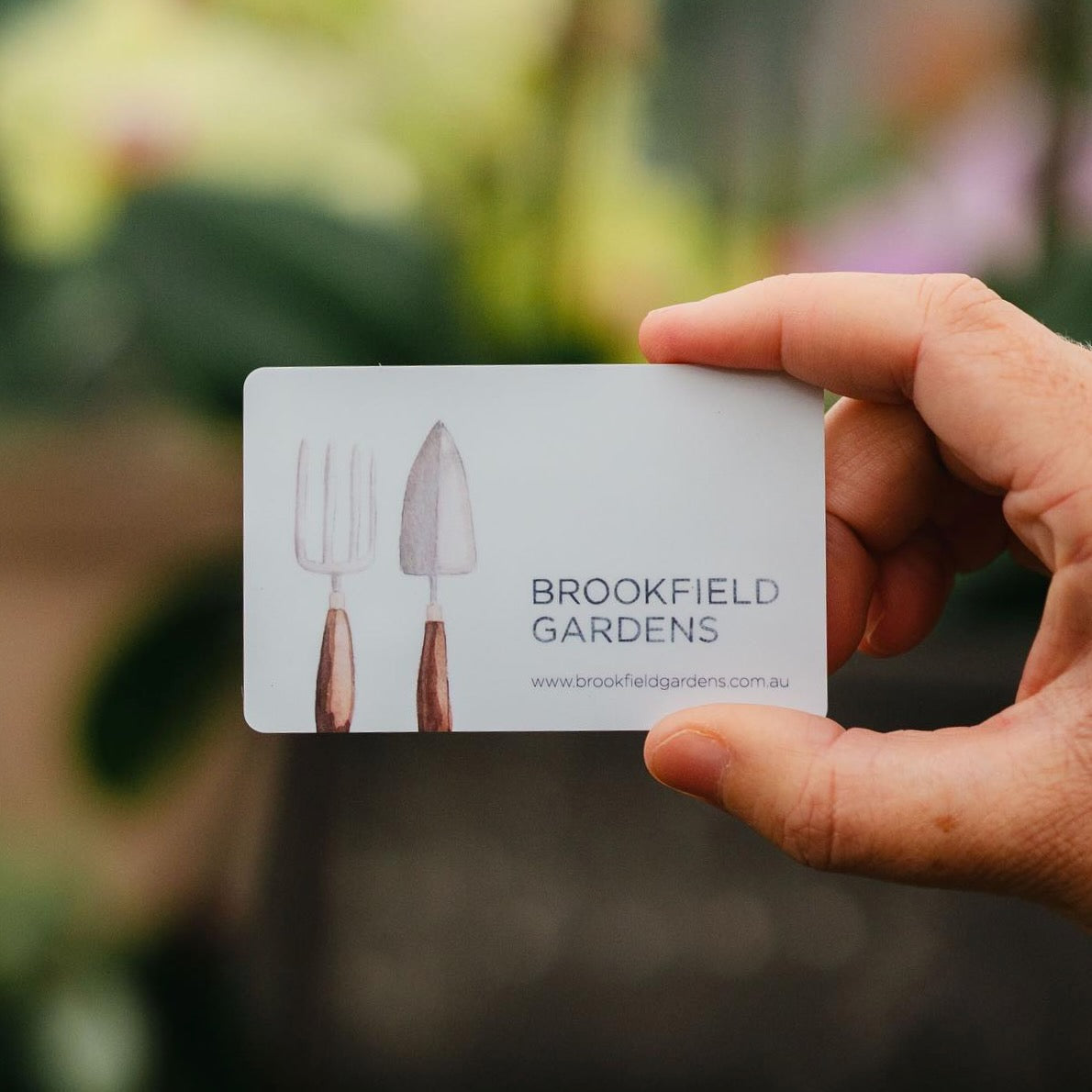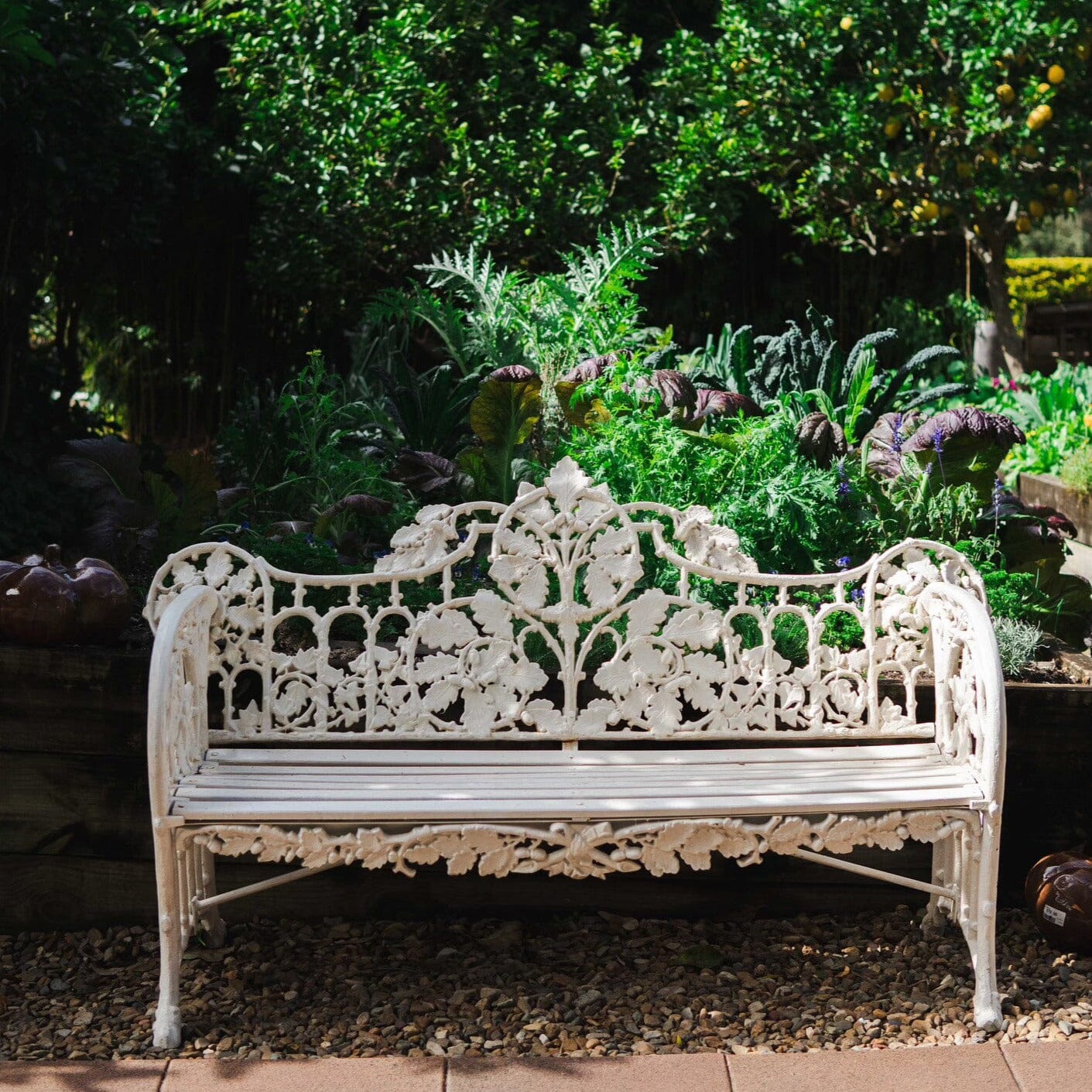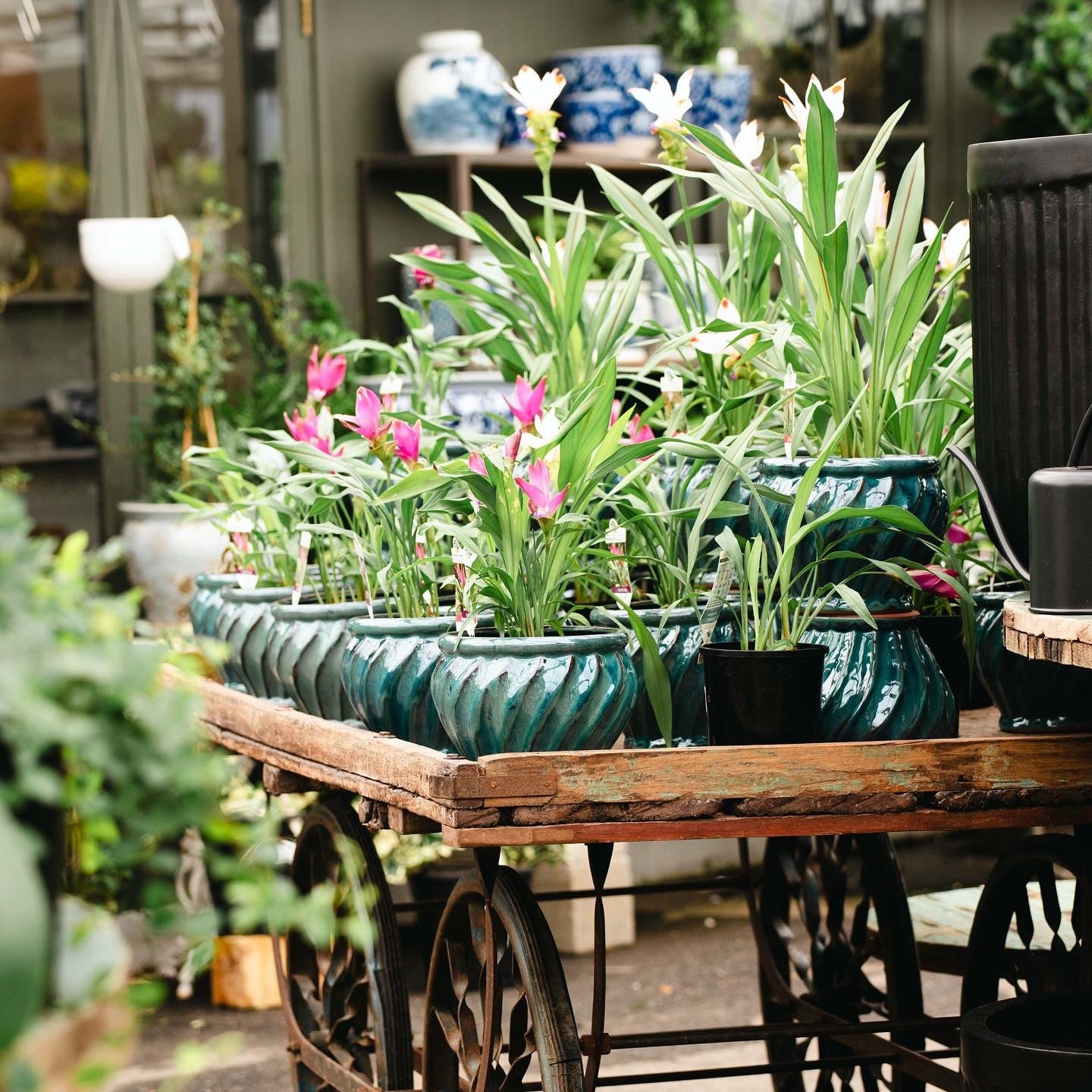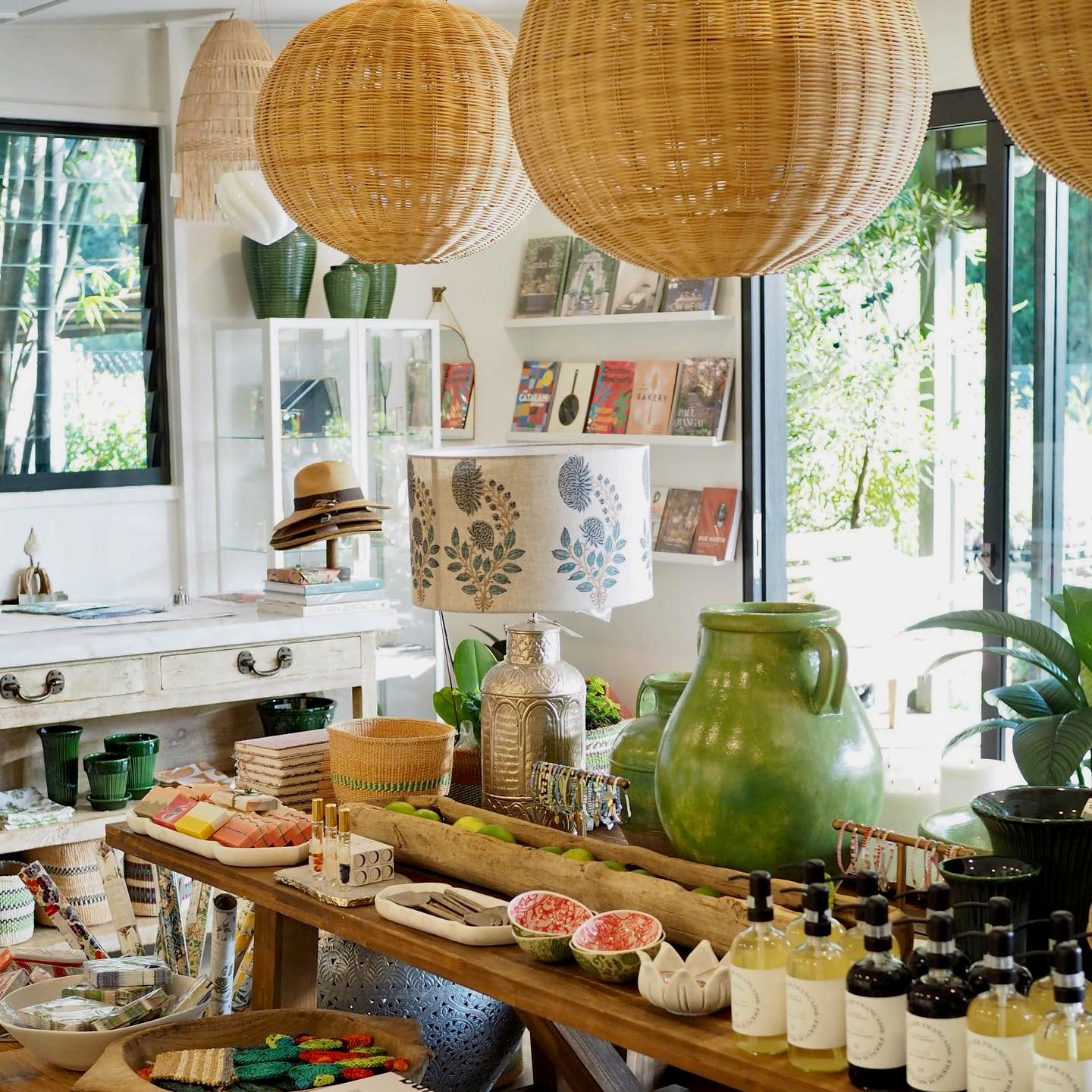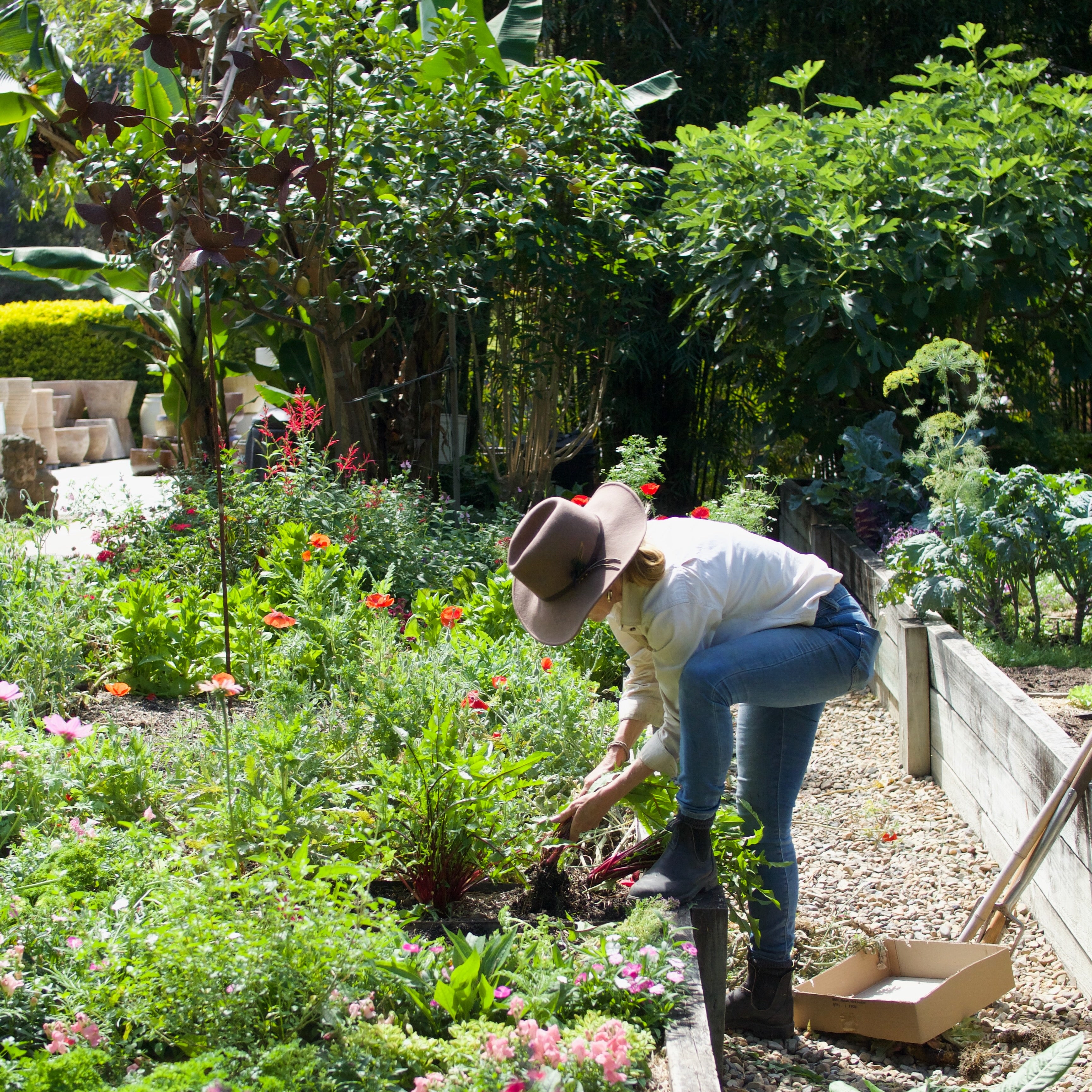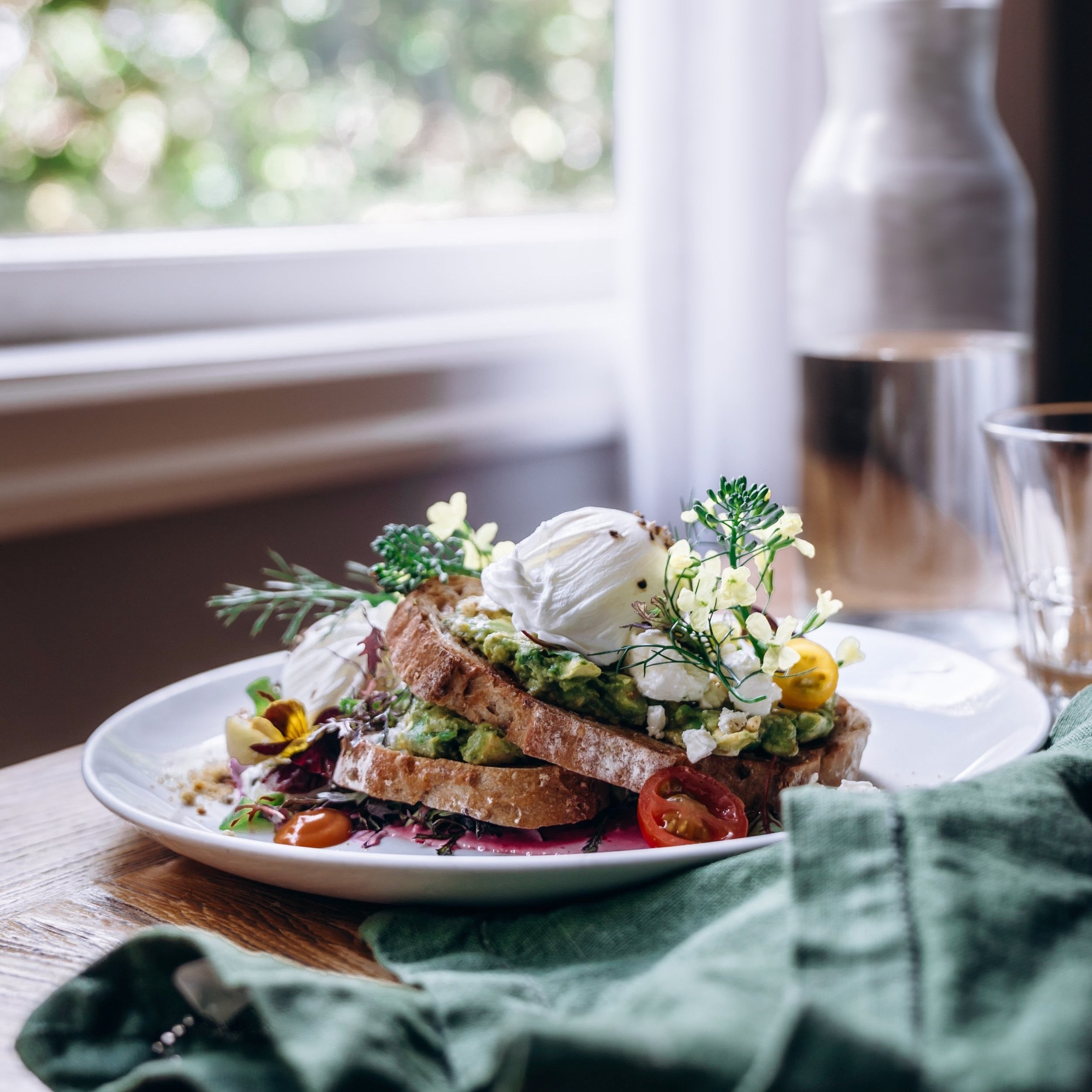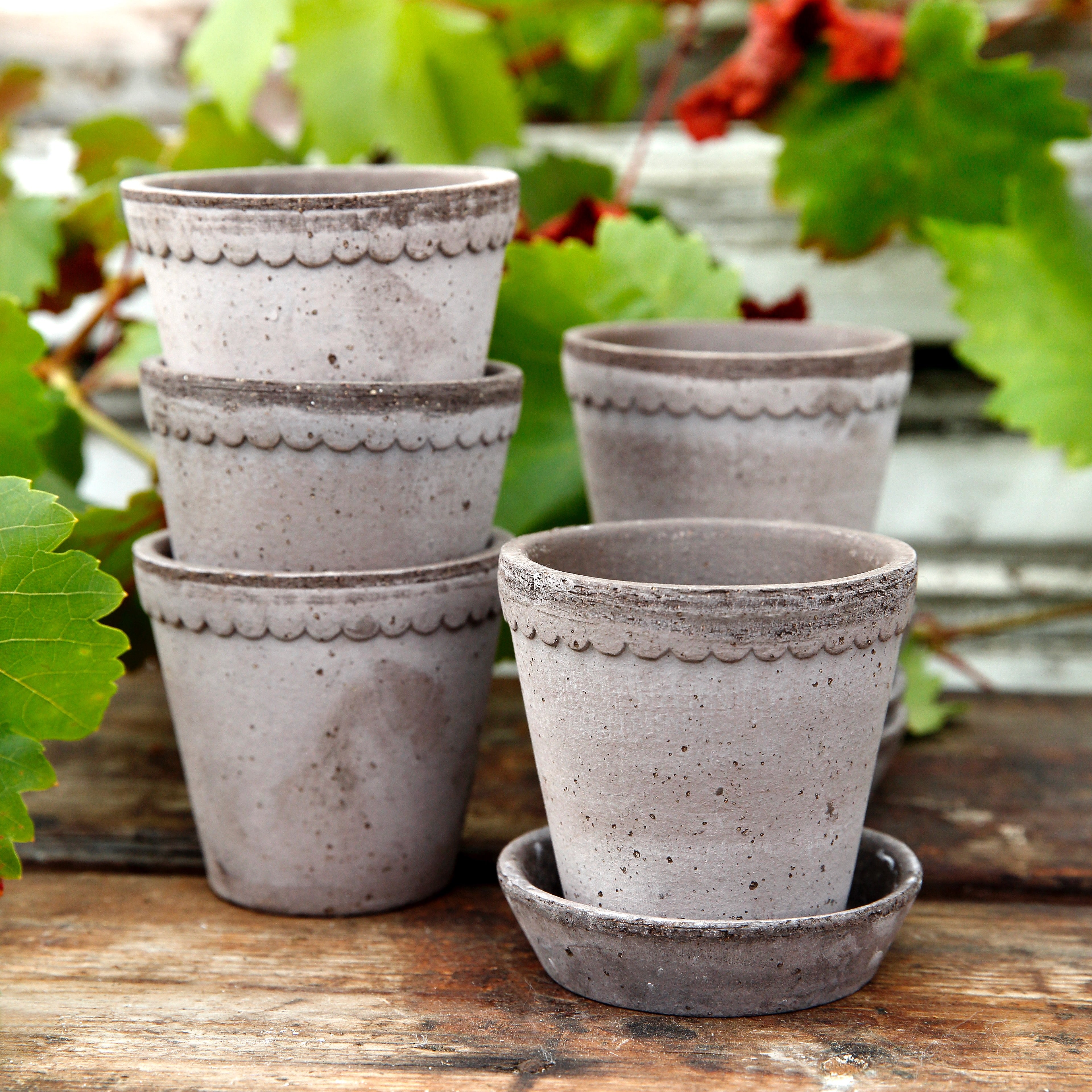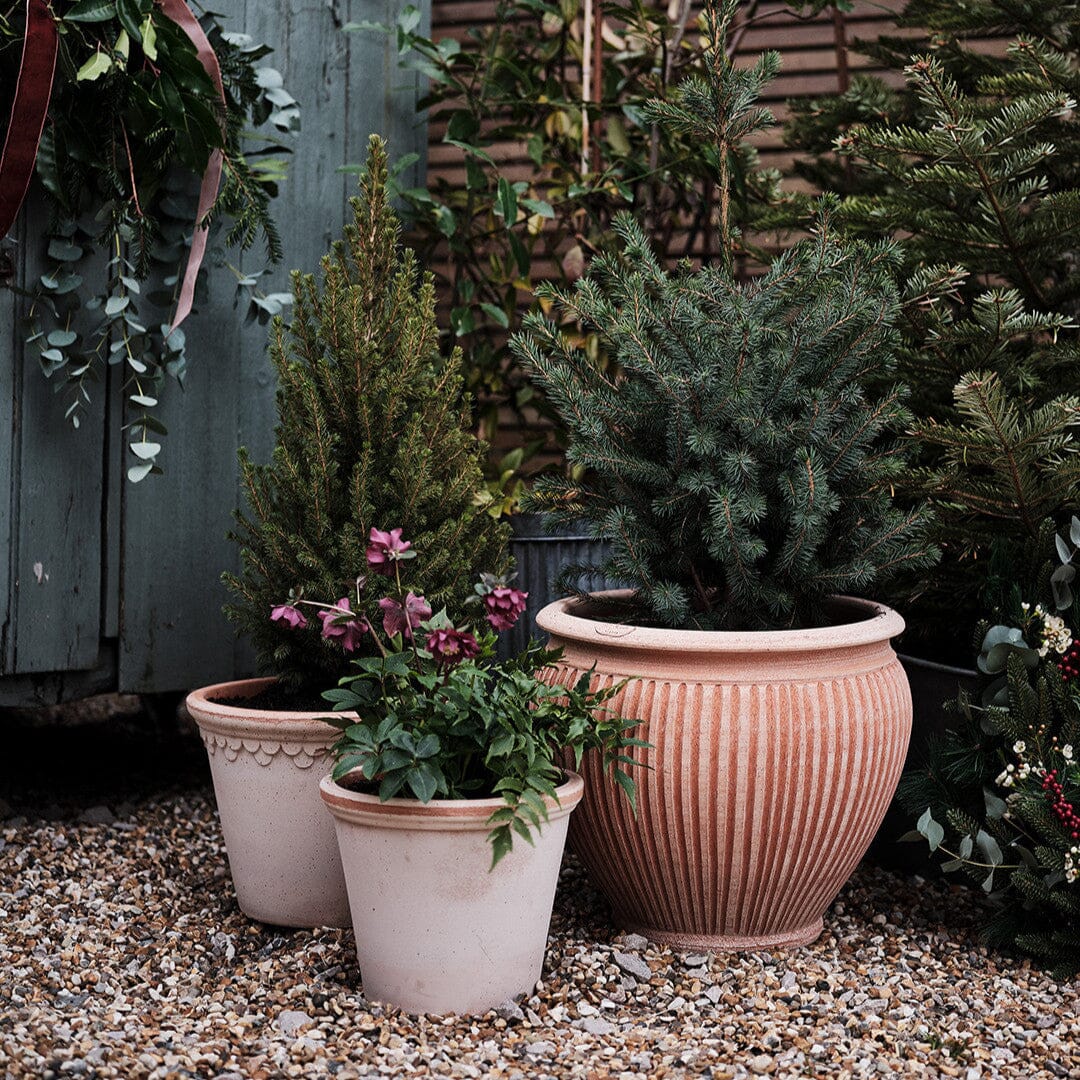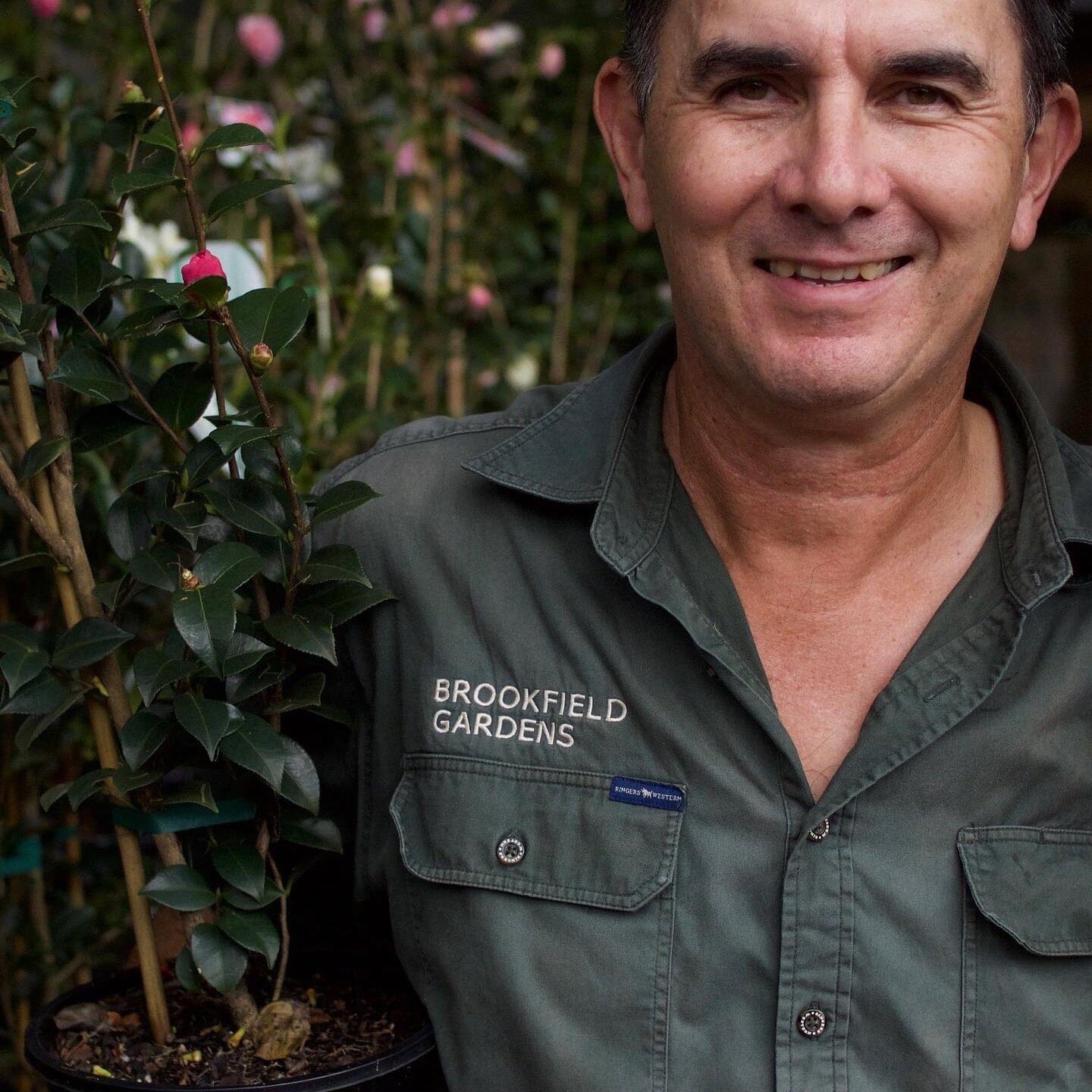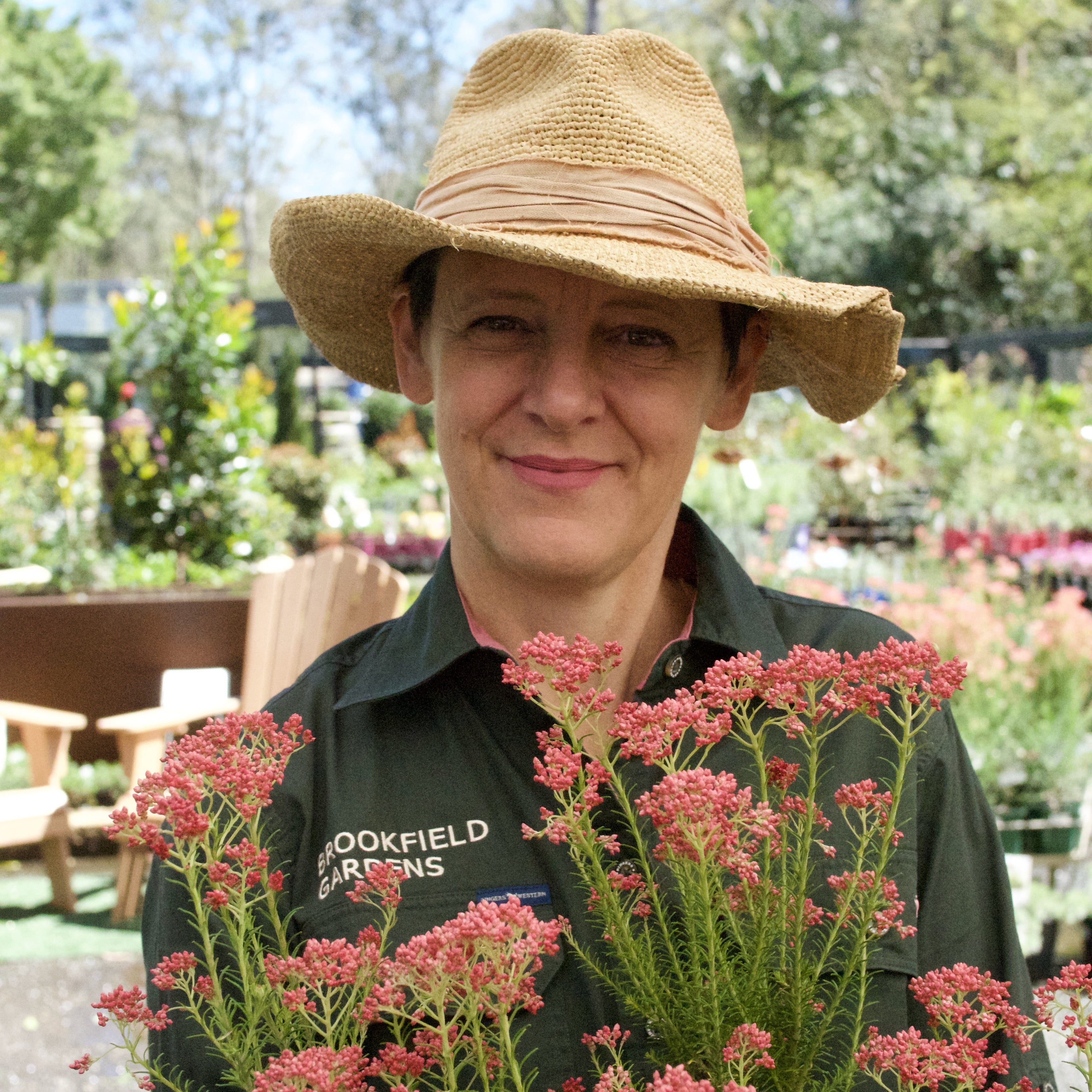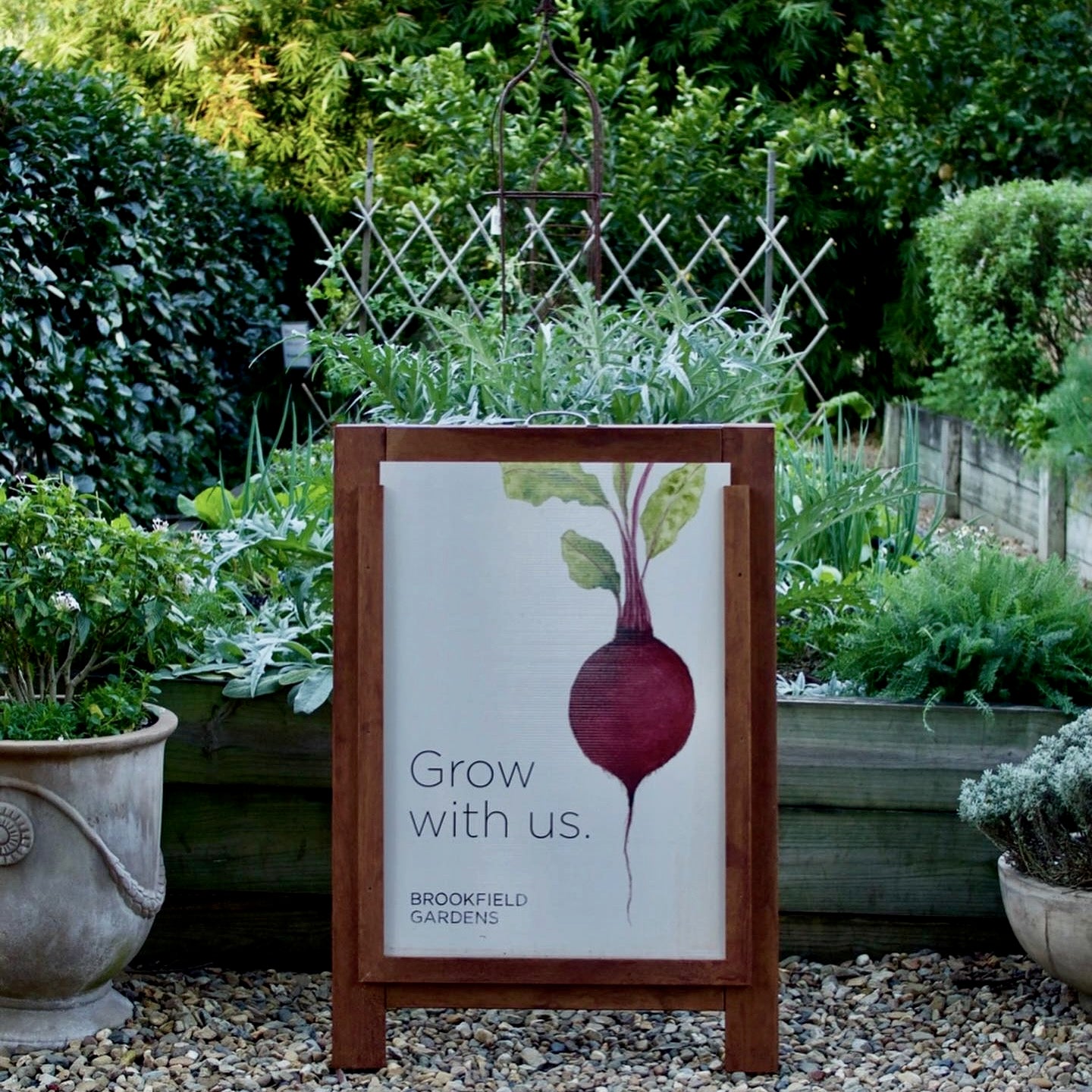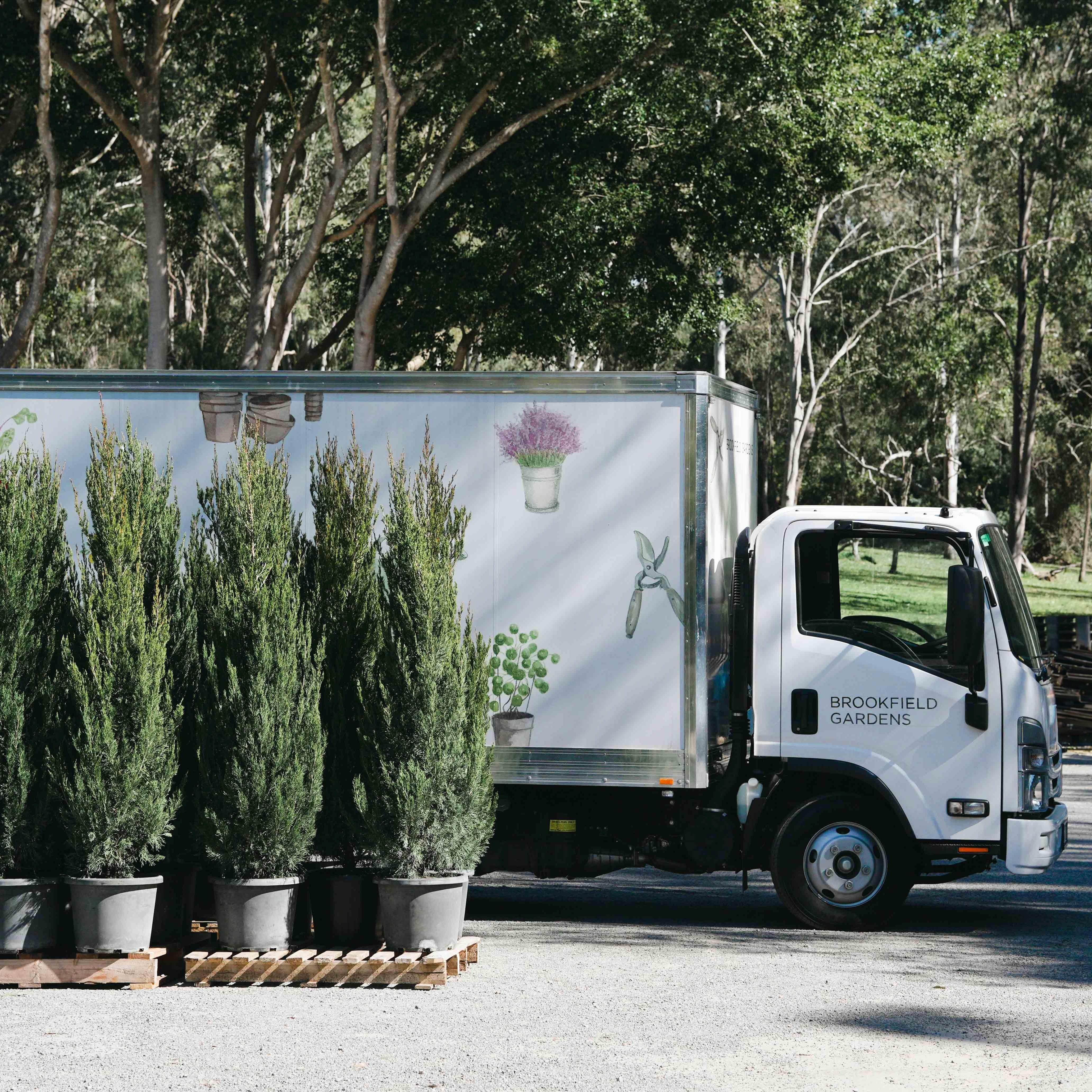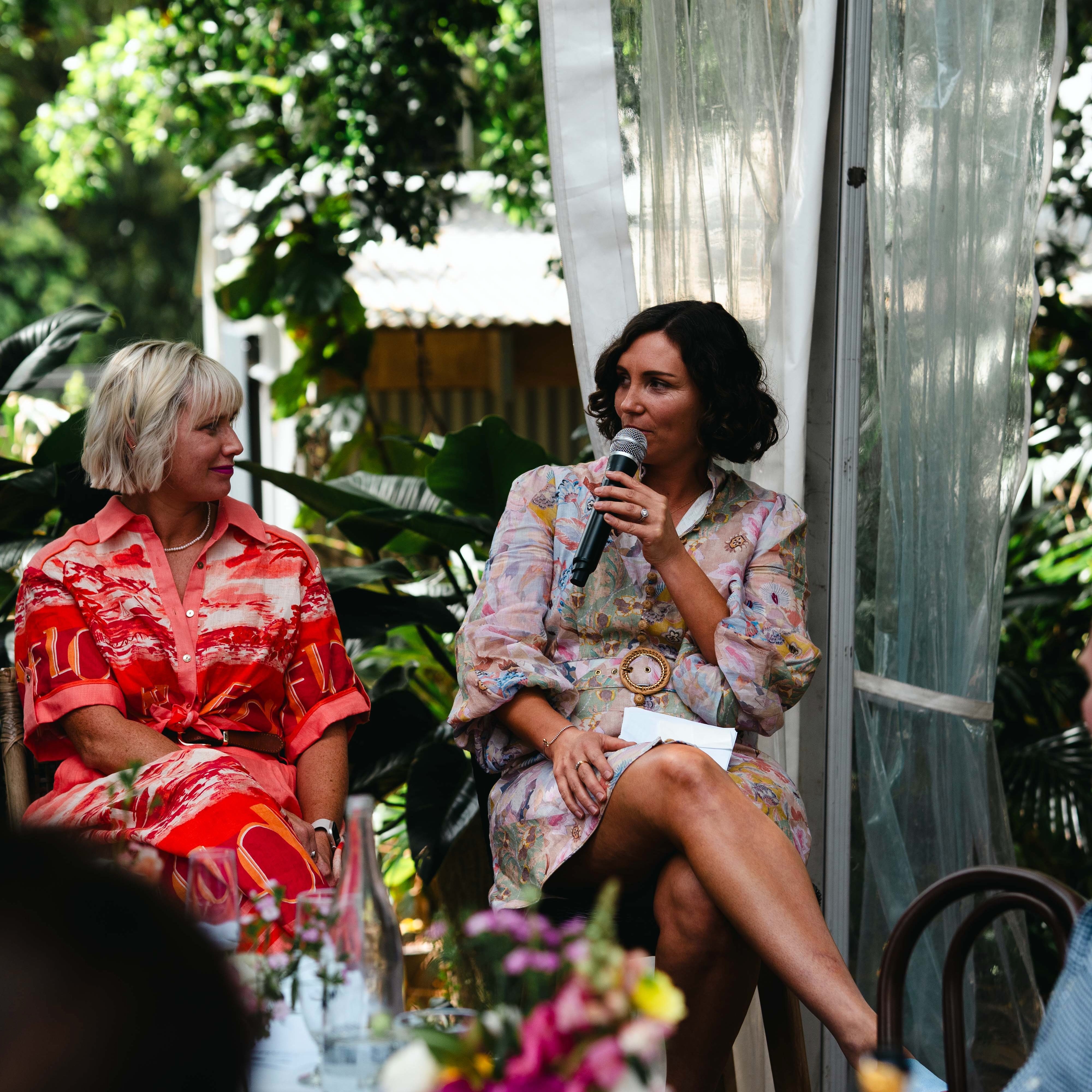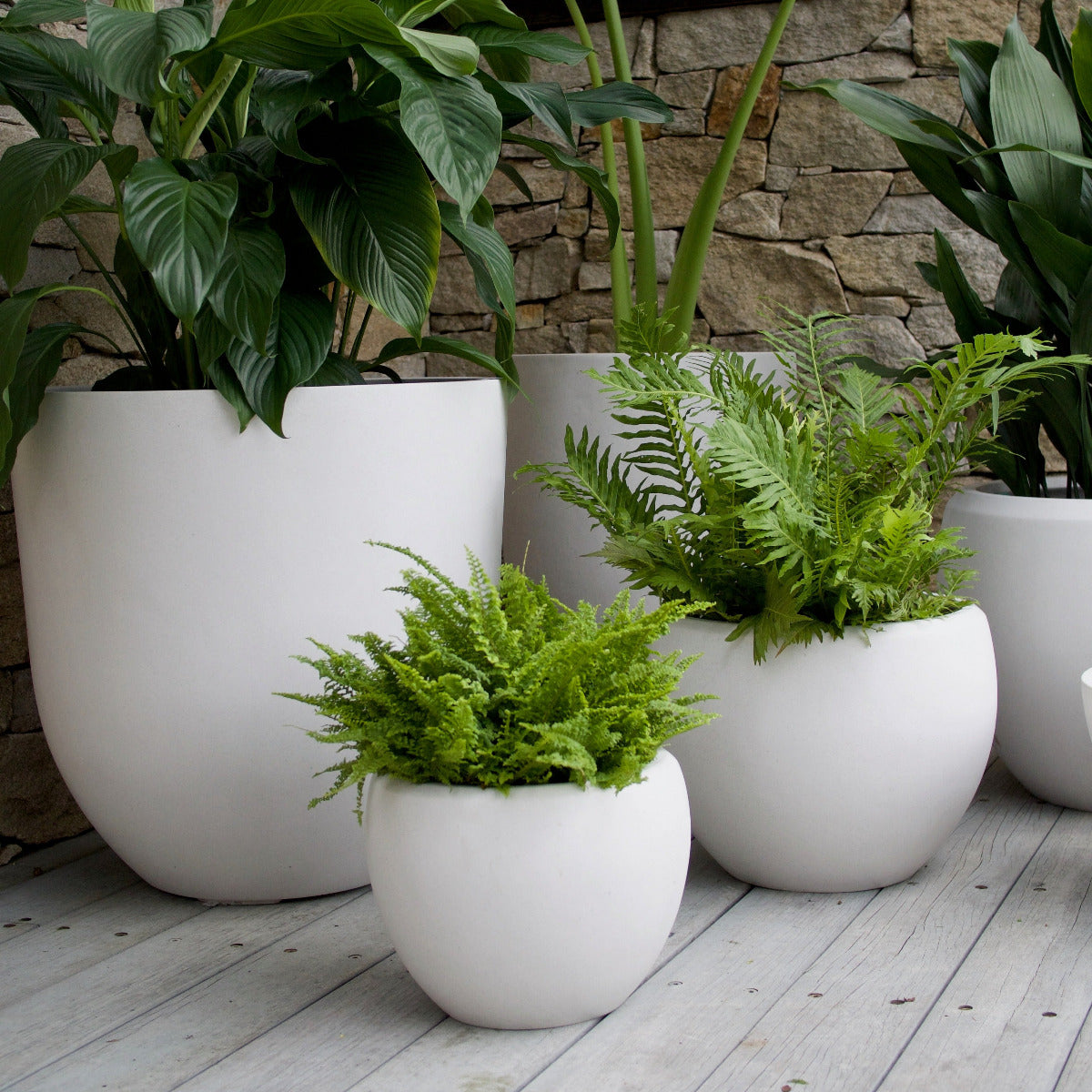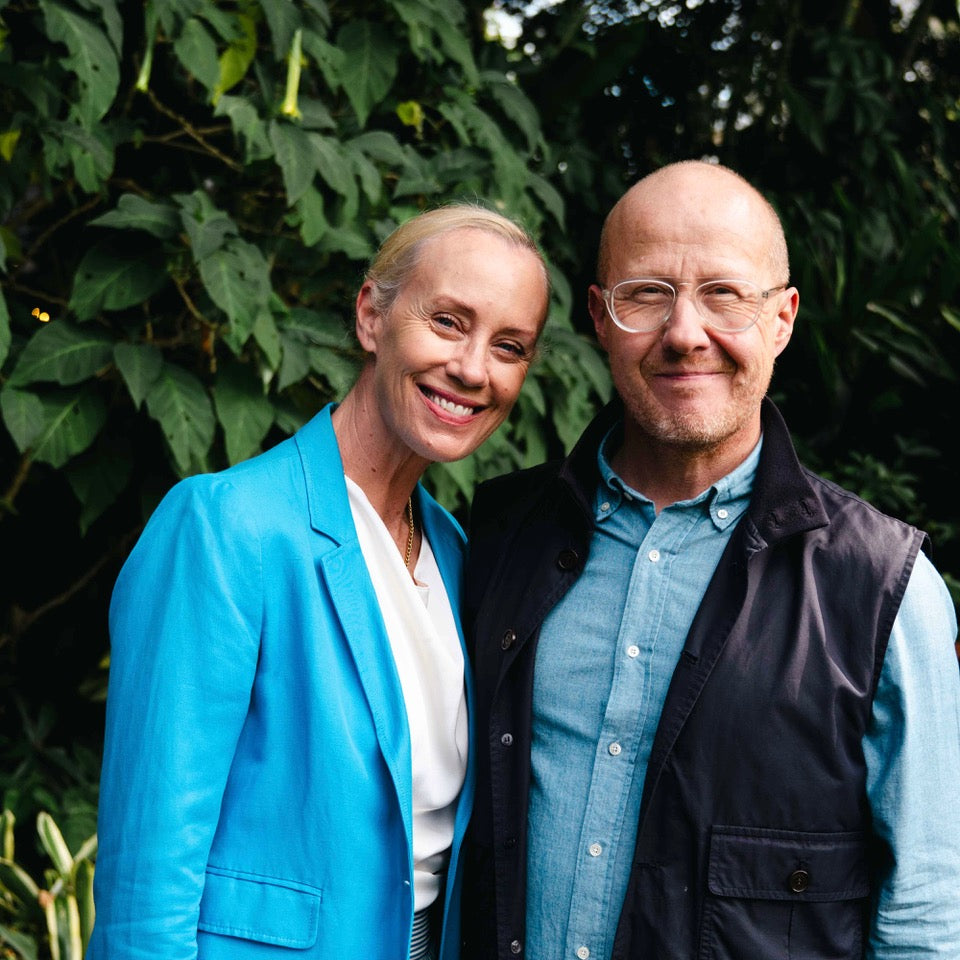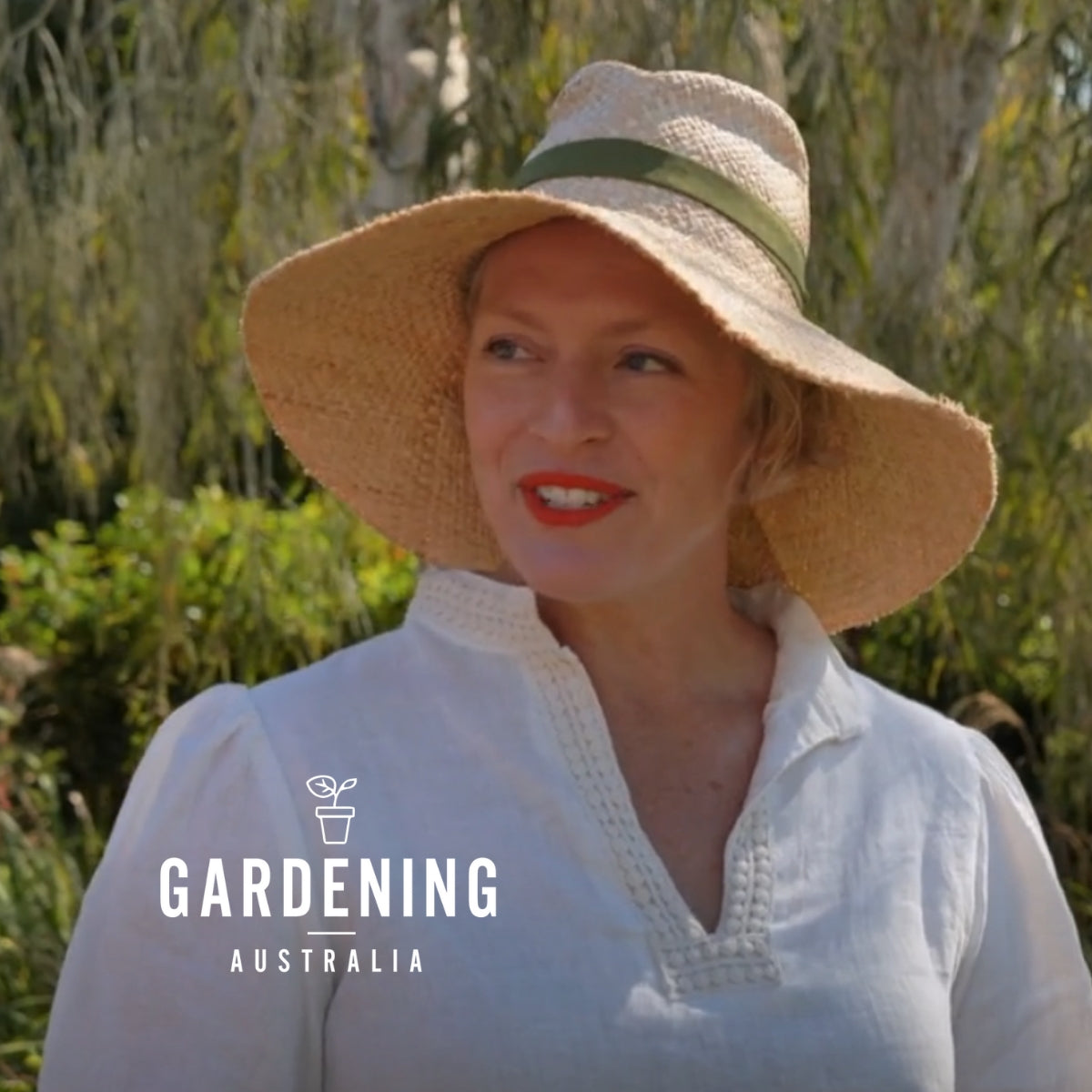Gardening doesn’t require a sprawling backyard. With thoughtful planning and smart design choices, even the smallest spaces — balconies, courtyards, or compact patios — can be transformed into lush, inviting gardens. Whether your goal is to create a peaceful green sanctuary or a productive edible garden, success begins with understanding your space and making every element work hard for you.
Start with Observation and Planning
Before planting a single seed or buying a pot, take time to observe your space. Watch how sunlight moves across it during the day and how it changes through the seasons. Consider your goals — are you dreaming of homegrown herbs, a feature tree, or simply a peaceful nook for morning coffee?
It’s also important to think about how your space functions. Access points, existing structures, and potential areas for features like seating or water bowls all influence the final design. Creating a sense of flow will make the area feel larger and more comfortable to use — and ultimately more enjoyable to spend time in.
Smart Design for Small Spaces
One of the most effective ways to make a small garden feel more spacious is to take advantage of vertical space. Wall-mounted planters, trellises, and hanging pots draw the eye upward, making the area appear larger and more layered. Plants that grow tall and narrow also help to emphasise height, without taking up precious ground space.
When it comes to containers, bigger is often better. A single large pot can make more impact than several smaller ones, which tend to look cluttered in confined areas. Multi-planting in larger pots adds a lush, garden-like feel — try combining something tall, a mid-sized filler, and a cascading plant to create depth and interest.
Don’t underestimate the power of good furniture and pot placement. Choose pieces that double up on function (like a bench with built-in storage), and consider highlighting one hero plant in a striking pot as a focal point. You can also use stepping stones or a simple path to guide movement and create a sense of journey, even in small areas. Adding a water feature — as simple as a bowl or birdbath — brings a soothing sound and a sense of tranquility to your space.
Container Gardening Know-How
Container gardening is at the heart of small-space gardening. The type of container you choose should be guided by what you want to grow, the aesthetic of your space, and how much mobility you need. Lightweight materials or pots on castor wheels make rearranging easier, especially if you're chasing the sun.
It’s essential to choose the right plants for life in pots. Look for compact or dwarf varieties that are happy to grow in containers over the long term. Also, make sure your soil suits the plant’s needs — quality potting mix is a must, and you may need specific blends for citrus, succulents, or edibles.
To help maintain moisture and add a finishing touch, top your pots with mulch. This could be organic mulch, decorative stones, or even a living groundcover. As a bonus, it also helps deter weeds and keeps roots cool in summer.
Growing Your Own Food
Small spaces are perfect for growing your own herbs and veggies — all you need is sun, water, and good soil. Dwarf fruit trees are ideal for pots and can produce generous harvests with proper care. Citrus, olives, and apples are all good options.
Herbs like basil, thyme, chives and parsley thrive in containers, while shallow-rooted veggies such as lettuce and spinach do well in troughs, grow bags, or even recycled polystyrene boxes. The key is to mix form and function — combine edible plants with flowering or foliage species for a garden that’s as beautiful as it is useful.
Plants That Shine in Small Spaces
Certain plants are natural stars in small gardens. Feature trees like olives, ficus, magnolias, frangipanis and dwarf citrus varieties bring structure and character. Japanese maples are an elegant choice for protected eastern-facing spots, while tropical options like strelitzia (Giant Bird of Paradise), Dracaena draco (Dragon Tree), and palms such as Rhapis or Bamboo Palms add lush texture.
Climbing plants are also excellent for vertical gardening. Hoya and Stephanotis bring delicate beauty and fragrance, while Chinese star jasmine offers a classic look with glossy foliage and white blooms. For those wanting vibrant colour, bougainvillea adds drama, though it requires a little more maintenance.
Things to Keep an Eye On
Sunlight is often limited in small gardens, especially in built-up areas or apartments. It’s vital to know how much sun your space gets daily and choose plants accordingly. Most edibles need at least 4–6 hours of direct sunlight, while many foliage plants are happy with dappled light or part shade.
Watering is another key issue. Containers dry out faster than garden beds, especially in warm weather. Be consistent, but avoid over-watering — and ensure your pots have good drainage. Pot feet can help raise containers off the ground and improve air circulation.
Finally, keep an eye out for pests. Mealybugs, mites, and grasshoppers can be common in container gardens, but regular inspection and early treatment will keep your plants thriving.
Gardening in a small space is all about creativity, planning, and making thoughtful choices. With the right approach, even the tiniest corner can become a lush retreat, a productive edible patch, or a vibrant green showcase — and most importantly, a space that brings you joy.
